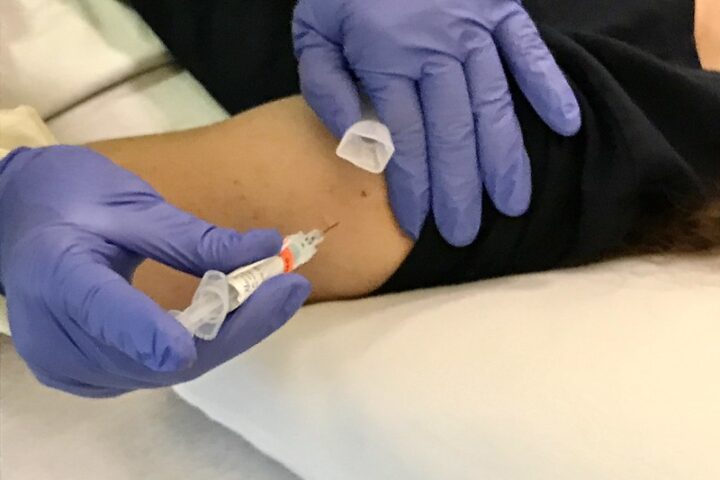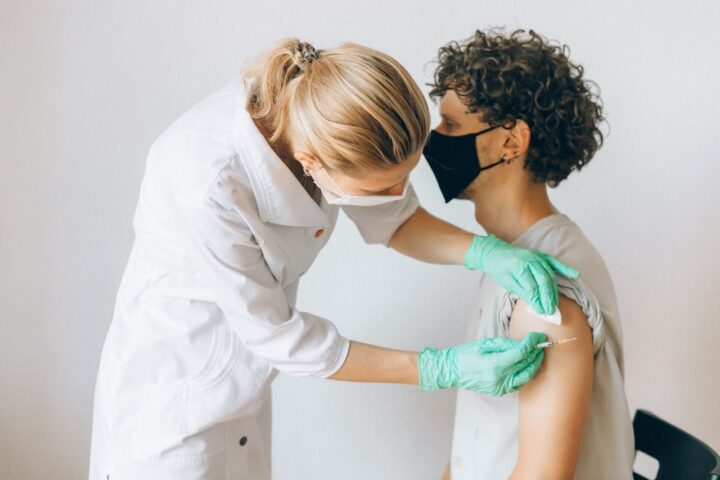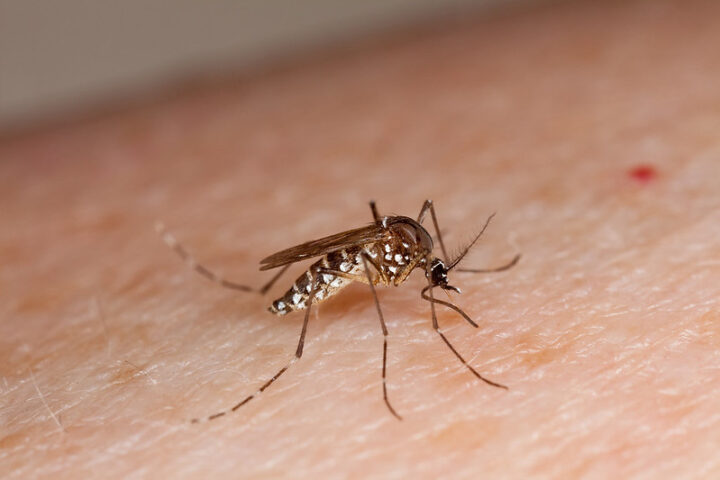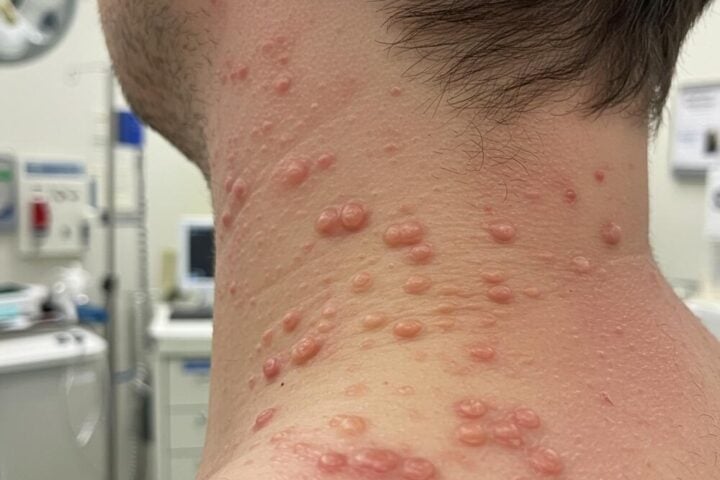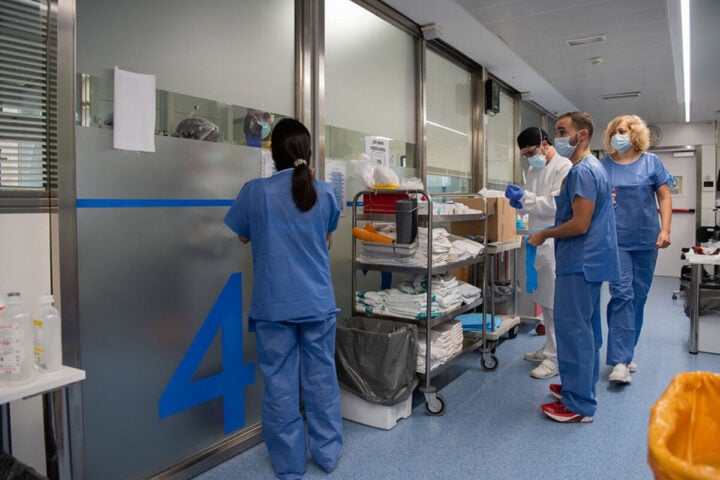The Texas measles outbreak has escalated to concerning levels, with 198 confirmed cases across nine counties and 23 hospitalizations, according to the Texas Department of State Health Services. The crisis has claimed the life of an unvaccinated school-aged child in Texas, while New Mexico reported the first adult death in Lea County, which borders Texas – marking the first measles fatalities in the United States in over a decade.
Outbreak Concentrated in West Texas
Gaines County remains the epicenter with 137 cases, followed by Terry County with 29 cases. The virus has spread to neighboring counties and across state lines, with New Mexico now reporting 10 total cases.
“Due to the highly contagious nature of this disease, additional cases are likely to occur in the outbreak area and the surrounding communities,” the Texas Department of State Health Services warned in their March 7 press release.
Children have been hit particularly hard by the outbreak. Among the confirmed cases, 64 are children under 5 years old, and 89 are between 5 and 17 years old. Adults account for 34 cases, with 11 cases still pending age classification.
Vaccination Status Raises Concerns
The vaccination status of those infected reveals a troubling pattern. Of the 198 cases, 80 individuals were confirmed as unvaccinated, while 113 have unknown vaccination status. Only five cases had received at least one dose of the MMR vaccine, though health officials note they’re investigating whether these doses were administered after exposure as a preventive measure.
Vaccination rates in several affected counties have fallen below 80%, far below the 95% coverage required for herd immunity against measles. This gap has created vulnerable pockets where the virus can spread rapidly.
Public Health Response
The CDC has deployed teams to Texas and New Mexico to assist with tracking and containment efforts. Local health departments are offering free vaccinations at schools, churches, and community centers.
Dr. Ron Cook, Lubbock’s Community Health Authority, has issued a warning against “measles parties” – events where people intentionally expose themselves or unvaccinated children to measles to develop immunity.
“We don’t get to pick and choose who’s going to do well and not do well when you become severely ill,” Cook said. “Please don’t do that. That’s just foolishness. That’s playing roulette.”
Recognizing Measles Symptoms
Measles typically takes 8-12 days to develop symptoms after exposure. A person can be contagious one to two days before symptoms appear and three to five days after the rash develops. Early signs include:
- Hacking cough
- Redness and irritation of the eyes
- Fever
- Small red spots with white centers inside the cheek
- A deep red, flat rash that starts on the face and spreads downward
- Koplick spots (white spots in the mouth)
- Runny nose and sore throat
The virus is highly contagious, spreading through airborne droplets when an infected person coughs, sneezes, or talks. These droplets can survive on surfaces for several hours. According to the Mayo Clinic, about 90% of unvaccinated people will become infected when exposed to someone with measles.
Vaccination Recommendations
Health officials emphasize that two doses of the MMR vaccine are highly effective at preventing measles. Individuals can get vaccinated through their healthcare provider, pharmacy, or through Texas Vaccines for Children and Adult Safety Net Providers.

Children under age one are not typically eligible for the vaccine, though those six months and older can receive it if they’ve been exposed. Immunocompromised individuals, including those on immunosuppressive drugs, may also be unable to receive the live vaccine.
Texas health officials continue to monitor the situation closely, posting updates twice weekly as they work to contain what has become the most significant measles outbreak in the United States in recent years.



